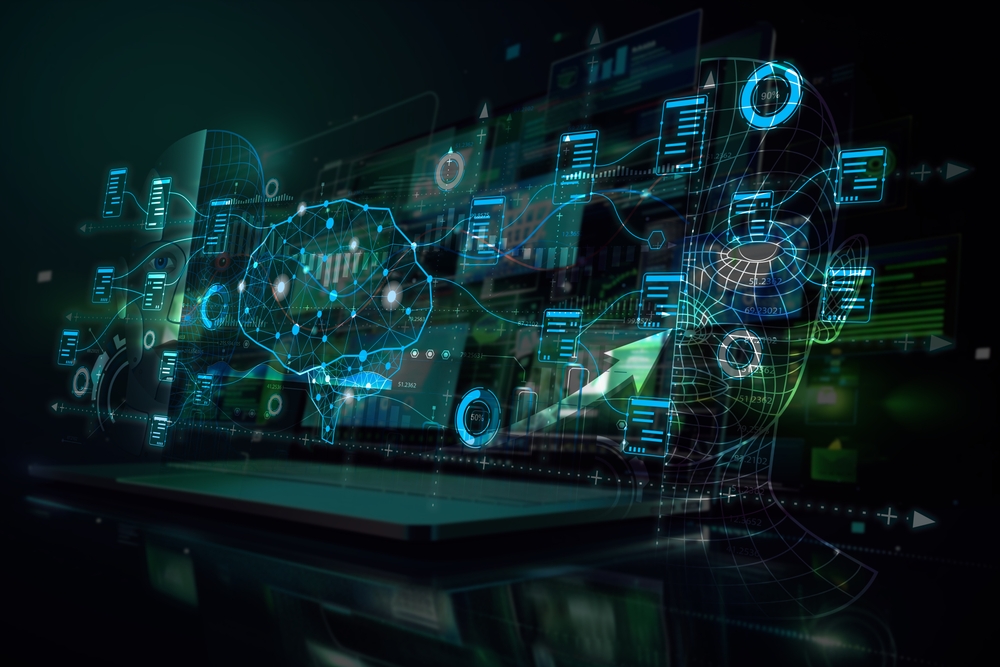
This week, I was introduced by phone to a marketing leader new to supply chain planning. I listened in amazement when she said, “My marketing plan is based on the fact that supply chain planning is an old technology nearing the end of its lifecycle.” I could not help myself. I started to react.
I love this picture from the Paris Olympics. In this image, the surfer is tethered to the board, but the drive is to win. As I sat through the dialogue with this marketing leader new to the industry, I wanted to feel some of this passion, but it was sadly missing. Yes, we are tethered to history, but we have the opportunity to drive new value.
To me, saying supply chain planning is at its end of life, is like saying that music is passe while not recognizing the evolution of genre.
Music as an Analogy
I love music. My baby grand sits in my living room. I danced passionately to rock and now tap my feet to new forms of country, rap, folk, and electronica. (I cannot write without the streaming of music through my fingers and toes.) When I pasted the posters of the Beatles on my walls of my bedroom as a teenager, I would have never imagined the sounds of Queen, Billie Eilish, Ed Sheeran, or Chris Stapleton. In each case, creative genius mixed with technology innovation, drives new sounds.
My extreme reaction to the statement from the marketing professional stemmed from the individual’s lack of passion and understanding of the potential of technology. Supply chain planning is evolving. It is not static. The passion of technologists drives the rate of evolution.
I firmly believe that the supply chain builds economies and is a large part of the solution to improve the climate. I struggle with the current focus of supply chain technologists to build pipeline versus driving innovation and value for clients. Self-serving agendas drive me nuts.
I wanted to take this marketing professional to school on the evolution of supply chain planning, but was stopped by the next question of, “Is AI the next generation of supply chain planning?” As I listened, I tried to contain the deep belly laugh that wanted to explode within me, as I bit my tongue to answer the question. “No,” I responded. “The term AI is an over-used and an over-hyped concept. We need to focus on the redefinition of work to drive better decisions. The focus needs to be on value.”
My Point of View
In my lifetime, supply chain planning moved through a set of step changes:
- 1980s. Mainframe Solutions Targeting Regional Teams. Point Solutions
- 1990s. Client-server Solutions Targeting the Emergence of Multi-Nationals.
- 2000s. First One-to-Many Architectures for Network Solutions. Planning Solutions Shift to Cloud. Tight Integration to ERP. Focus on Integration.
- 2010-2019. Redefinition of Decision Support with Cloud-Server Multi-Scalers. Evolution of Digital Twin and Simulation Capabilities. A focus on interoperability.
- 2015-Present. Evolution of the Graph, Vector DB, and Advanced Modeling. Shift from Schema-on-Write to Schema on Read.
I liken these phases to the evolution of musical genre. The phases are fuzzy: never distinct. Innovation is usually driven by very talented and passionate entrepreneurs. The shifts are driven by early adopters attempting to redefine work and improve outcomes. Just like music is defined by scales, dynamics, and rhythm, the evolution of supply chain planning is rooted in driving better decisions to align an organization proactively to potential headwinds.
What excites me now is the redefinition of work.
- Self-Service Planning: Global supply chains today have hundreds–even thousands–of planners. Their work is tethered to batch processing. The batch cycle takes time. The batch processing puts the planners out of sync with the business process. The there is the issue of skill. Many are young, and inexperienced. Their understanding of supply chain basics varies widely. Typically, their capabilities to influence decisions are low. As a result, most do not use their planning systems defaulting to excel spreadsheets. The supply chain planning system then becomes a system of record. As a result, the organization loses the ability to use the planning system as a system of insight. Self-service planning is a new concept. With this redefinition, business leaders interact with a digital twin to test and learn and then define/create scenarios. The business leaders are then able to work with planners collaboratively.
- Network Evolution: The evolution of digital passports, multi-tier canonicals, the use of streaming and unstructured data, and the redefinition of multi-tier processes based on new capabilities ignites new possibilities for network enablement. This is the potential answer to tracking carbon, defining serialization and provenance, reducing waste, and improving proactive sensing using data and driving outside-in insights.
- Improvements in End-to-End Decision Making: Procurement and transportation operate today in silos. In today’s systems, planned orders are consumed by manufacturing but the flows are disconnected from procurement and transportation. As a result, there is no good way to make trade-offs between source, make and deliver constraints. The Achilles heel is the lack of functionality for the management of direct materials.
- Redefinition of Demand Planning: The shift from improving forecast error to driving improvement in demand management based on forecastability and Forecast Value Added (FVA) improvements, helps companies to define and manage demand flows. Companies don’t have one flow, instead, they have five-to-seven flows requiring different supply tactics.
Thinking More Broadly
An interesting thread from Michael Watson’s recent blog centers on the basic definition of computing. In the early days, there were two basic potential architectures for a computer. The first was the computer as a calculating machine. The second was a computer as a neural network (like our brains). At the time, since engineers did not know how to create an effective neural network, they built a computing machine. Computers evolved as ultra-precise machines with no creativity. Expect basic computing to change. This offers promise for the redefinition of decision support.
I strongly believe that we cannot “AI” our current supply chain planning taxonomies and drive value. The sprinkling of the term AI all over technology marketing and product plans makes my head swim. The lack of definition and the false belief that our current systems are fit for purpose defies logic. It is just wrong.
If we follow the writing of Seven Levels of AI by Warren Powell, as shown in Figure 1, we can clearly delineate the use cases. Large Language Models (LLM) are useful in building training documents, understanding quality, and gaining an understanding of sentiment in call centers/ new product launch acceptance. But when it comes to putting investments in conventional supply chain planning taxonomies, I think that we have to question the fit. Clearly rule engines, machine learning, and pattern recognition are long-standing techniques that are getting deeper, but the sprinkling of “AI” all over websites, product demos, and product descriptions, for me, is a journey in futility. A waste of time.
Figure 1. Levels of AI As Defined by Warren Powell

Short-term, the evolution of NoSQL and the shift from schema on write to schema on read is transformational enabling the use of unstructured and streaming data, and the evolution of no-code architectures. The tension for business leaders continues to be “Do they build technology to take advantage of new capabilities, or do they depend on traditional technology solution providers to evolve, even though they are evolving slower than the pace of the market?”
I could go on and on, but the point I want to make is simple. A supply chain technology leader has a choice: the solution can be marketed as an old technology in an end-of-life scenario, or the team can continually reinvigorate the platform and drive process innovation. The options are endless.
In the prior scenario, the focus is on digital marketing, sales and list generation. In the second where the strategy of the technology company is the continual reinvigoration of the platform, the tactics change with a focus on education and the delivery of value. For me the choice is clear. I hope that it is for you as well. I think that the beat needs to go on…







